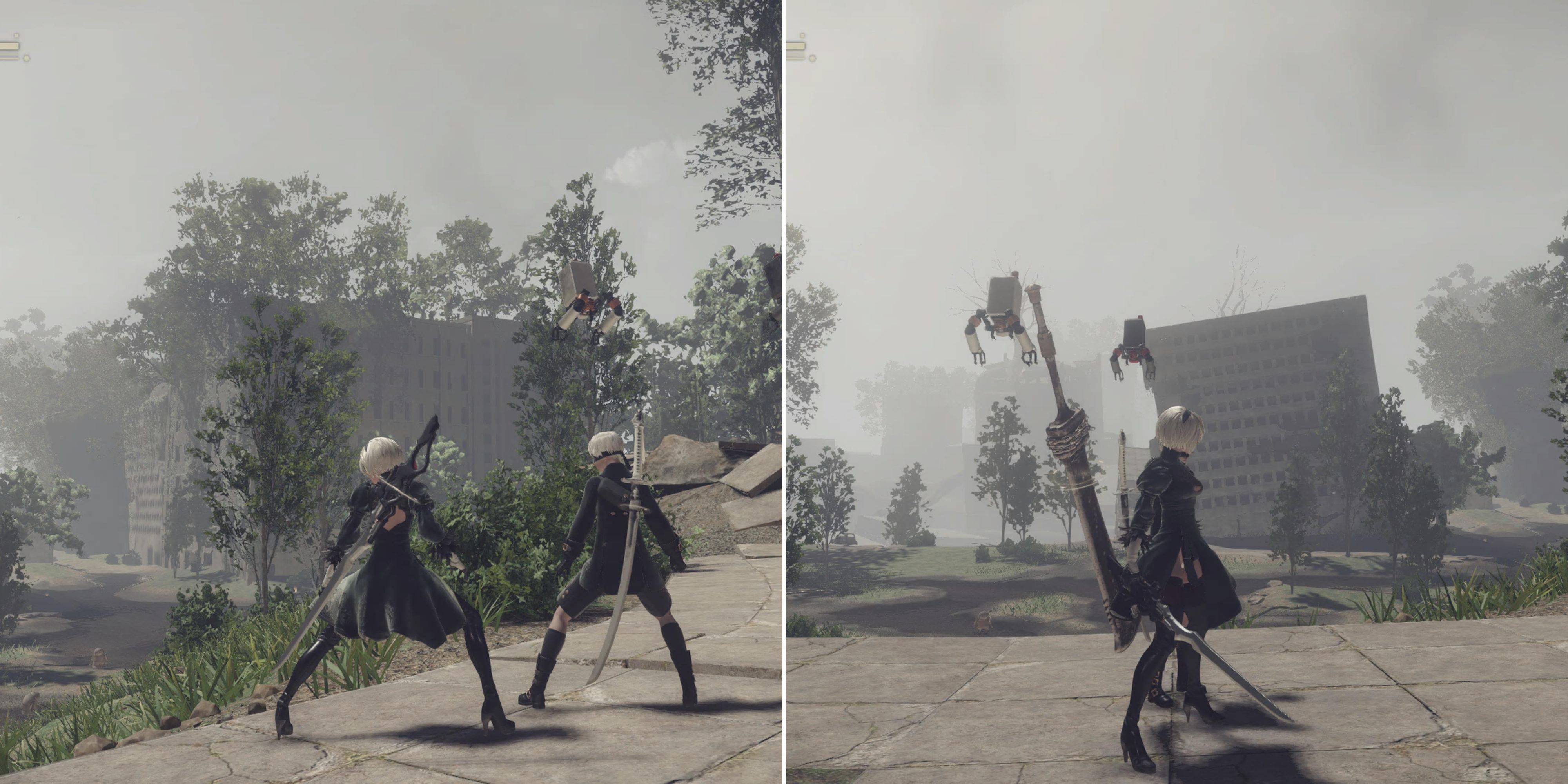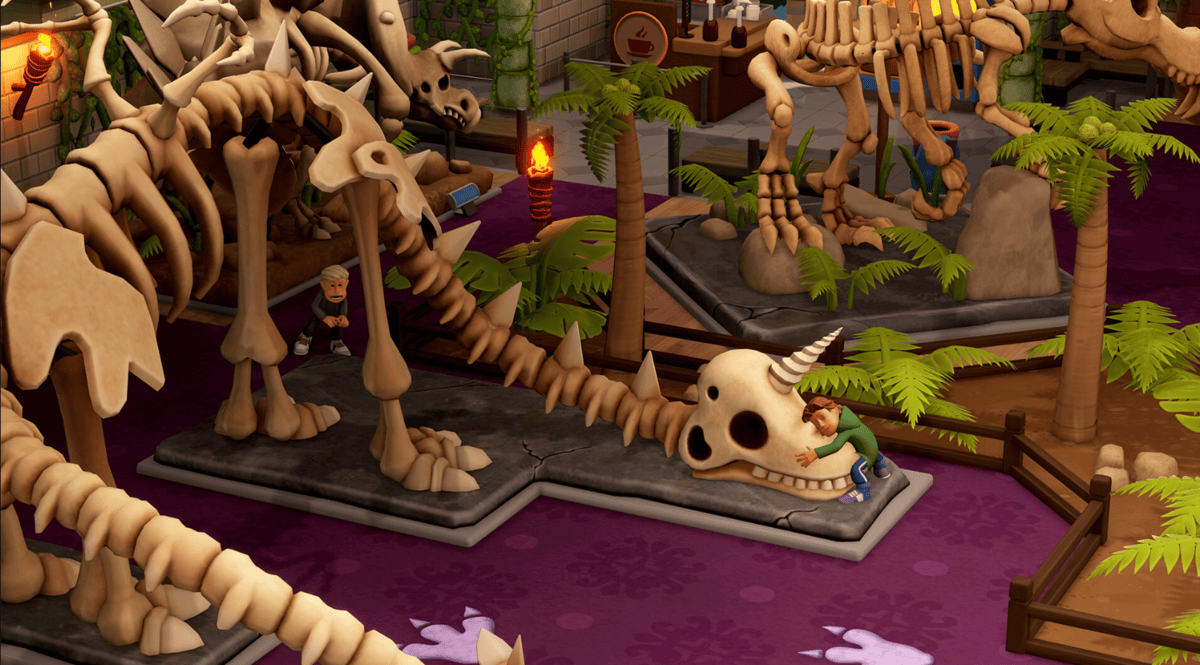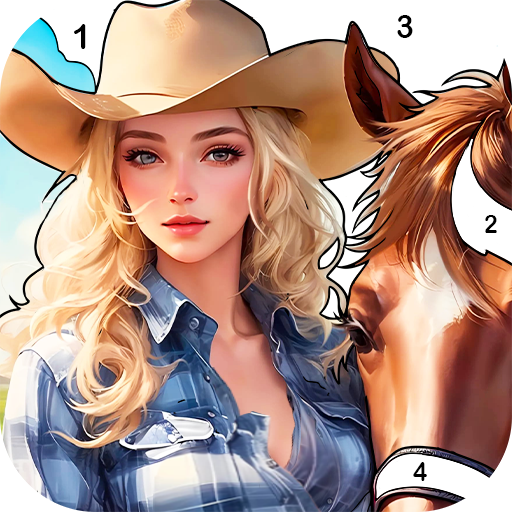Minecraft's Floral Variety: A Guide
From vibrant dyes to stunning landscape accents, Minecraft's diverse array of flowers offer a wealth of possibilities. This guide explores the unique properties and uses of several of these botanical beauties, helping you make the most of your in-game adventures.
Table of Contents
- Poppy
- Dandelion
- Allium
- Rose Bush
- Wither Rose
- Peony Bush
- Lily of the Valley
- Tulip
- Azure Bluet
- Blue Orchid
- Cornflower
- Torchflower
- Lilac
- Oxeye Daisy
- Sunflower
Poppy
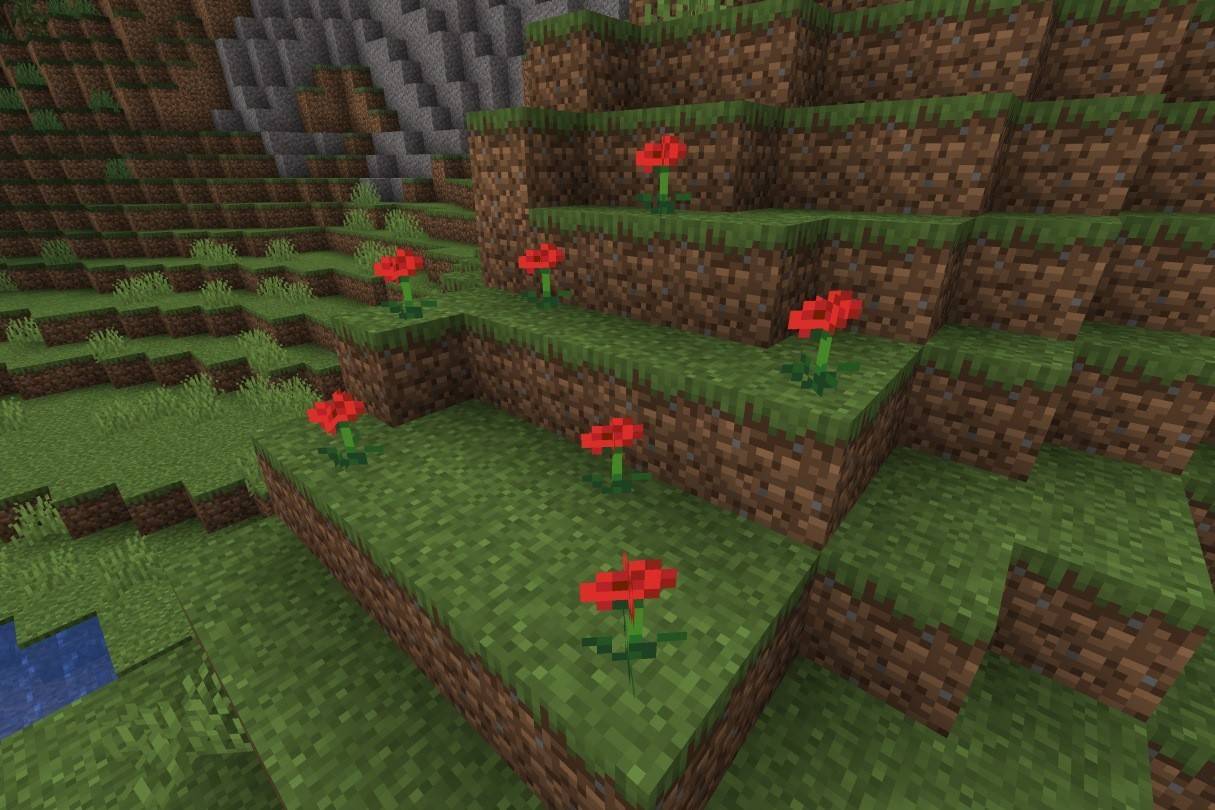
These iconic red flowers, now replacing the original "rose" and cyan flowers, are found across various biomes and can even be dropped by Iron Golems. Their primary use is crafting red dye, essential for recoloring banners, beds, wool, sheep, and tamed wolf collars.
Dandelion
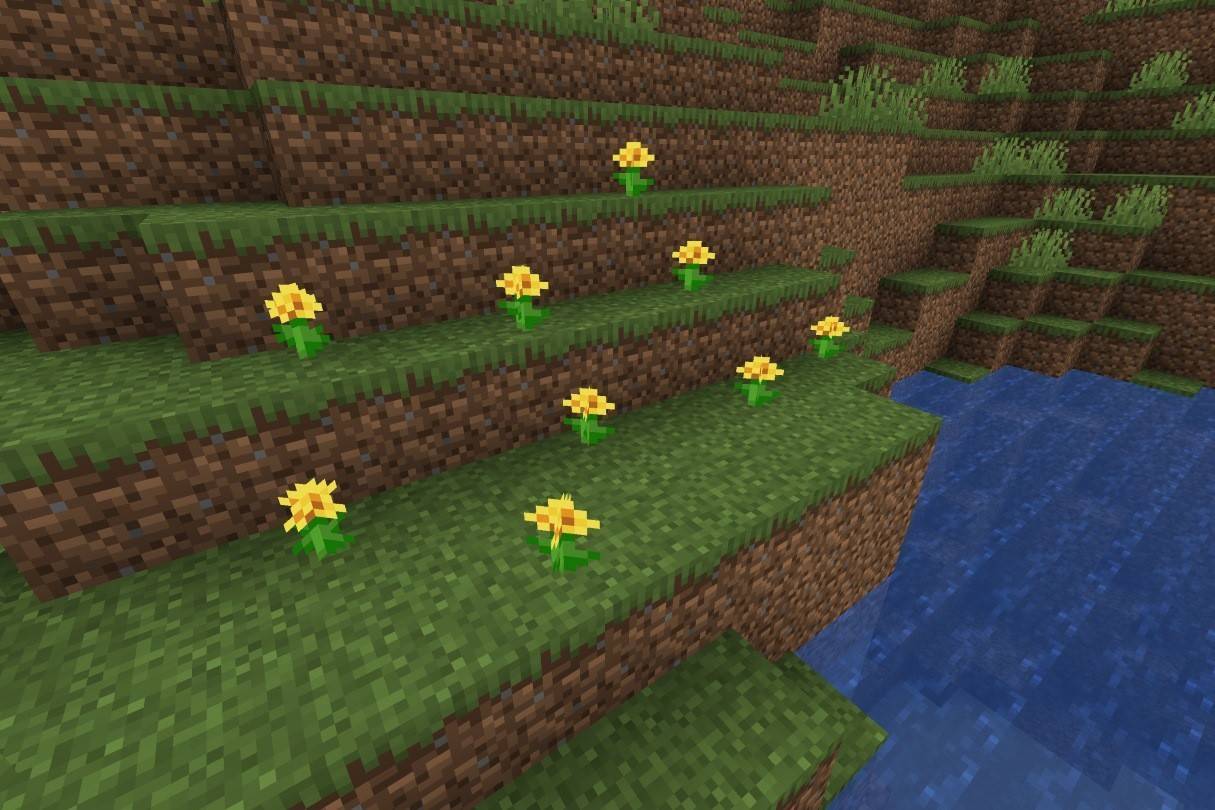
With their cheerful yellow blossoms, dandelions thrive in most biomes (except marshes and ice plains). A key source of yellow dye (though sunflowers yield double the amount), they add a bright touch to banners, wool, and other decorative elements.
Allium

These striking purple blooms, found naturally in flower forests, are crucial for creating magenta dye. This dye is used to recolor mobs and craft beautiful magenta stained glass, terracotta, and wool, enhancing any build or garden.
Rose Bush
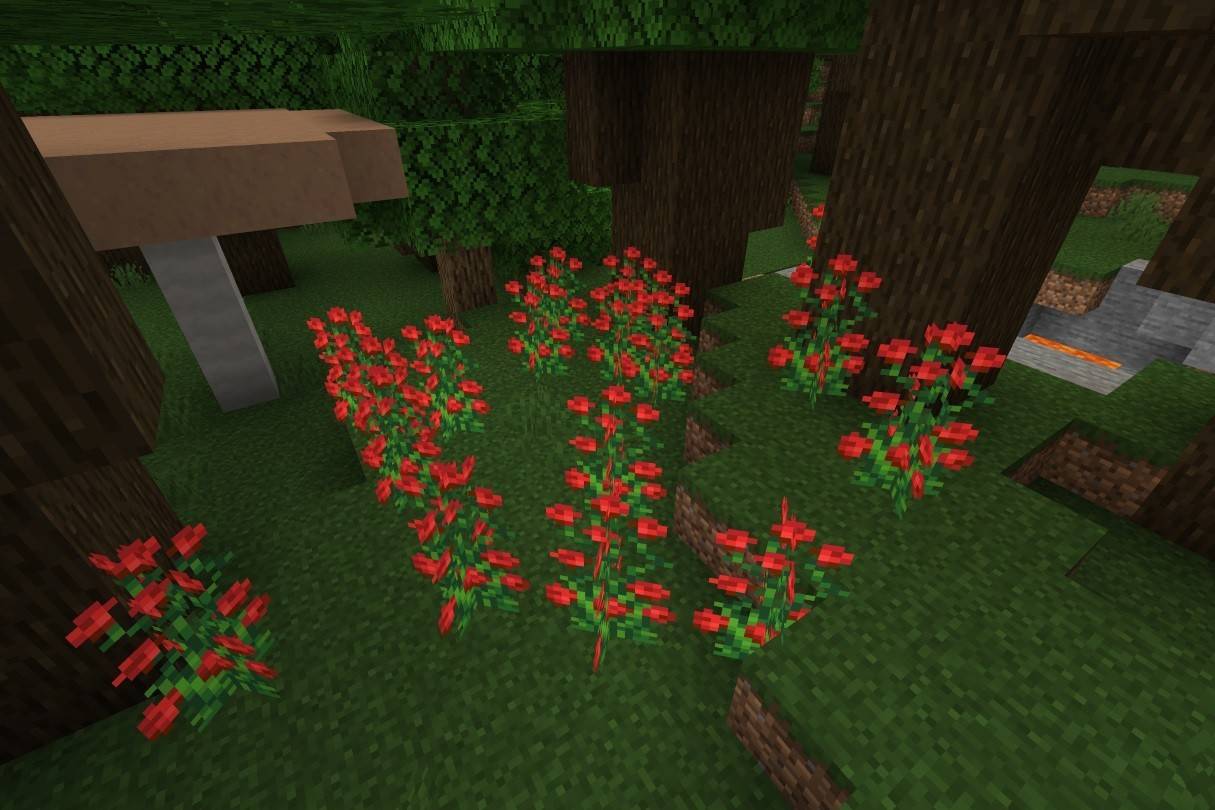
Tall and red-flowered, rose bushes are common in various wooded biomes. They provide red dye, useful for dyeing wool, banners, beds, leather armor, and more. Unlike the dangerous wither rose, the rose bush is a safe and visually appealing addition to any landscape.
Wither Rose
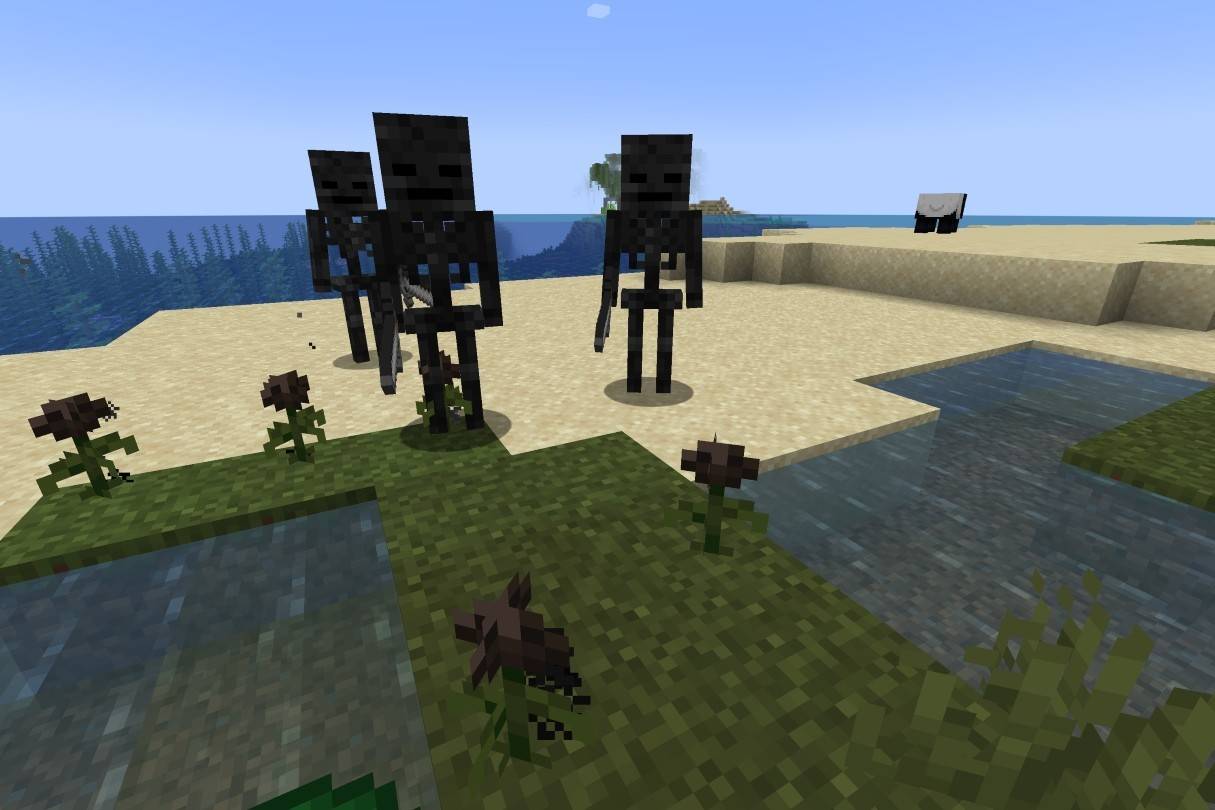
A rare and dangerous flower, the wither rose doesn't grow naturally but appears when a mob is killed by the Wither or is occasionally found in the Nether. Stepping on it inflicts the Wither effect (curable with milk). It's used to create black dye, for leather armor, terracotta, banners, beds, wool, firework stars, and black concrete powder.
Peony Bush

These tall, pink-flowering plants thrive in woodland ecosystems. They yield pink dye (also craftable from red and white dye) and can be propagated with bone meal. Pink dye is useful for wool, stained glass, terracotta, and tamed wolf collars.
Lily of the Valley
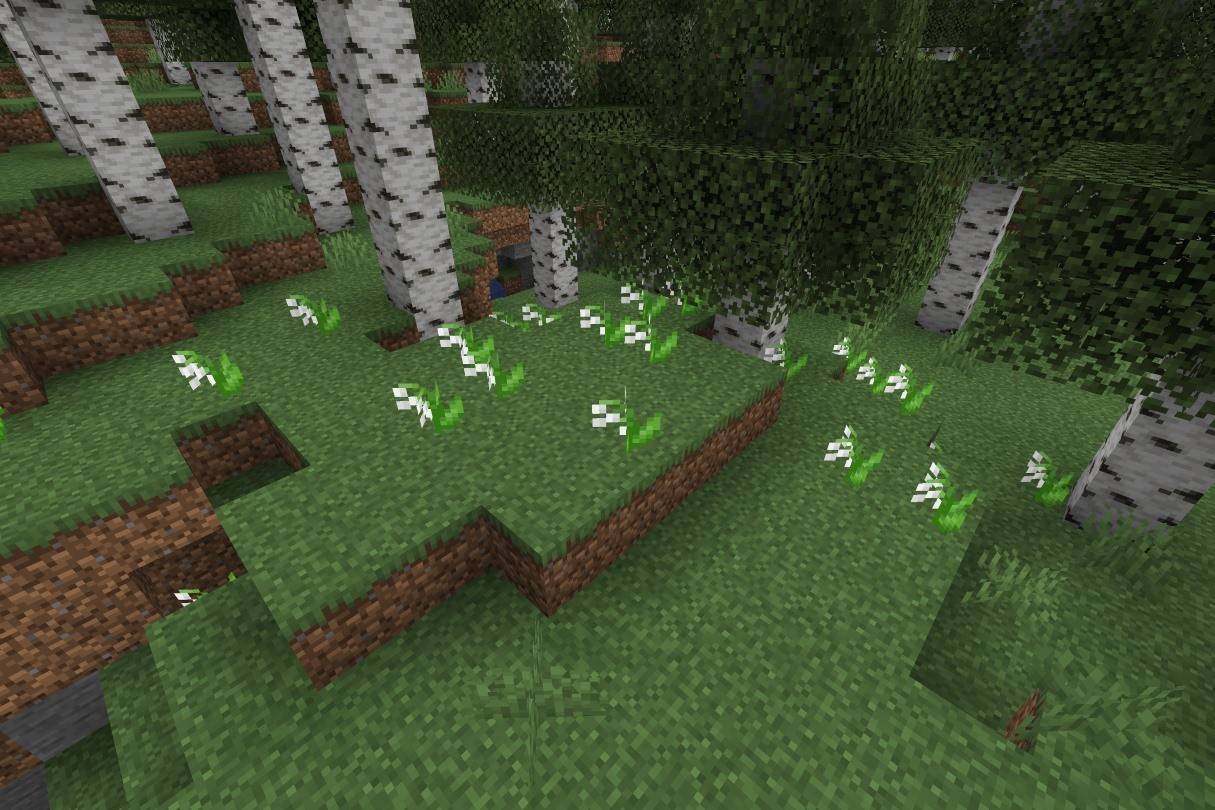
This delicate, bell-shaped flower, found in forests and flower forests, produces white dye. This dye is used for wool, banners, beds, terracotta, and wolf collars, and is also a base ingredient for creating other dyes.
Tulip
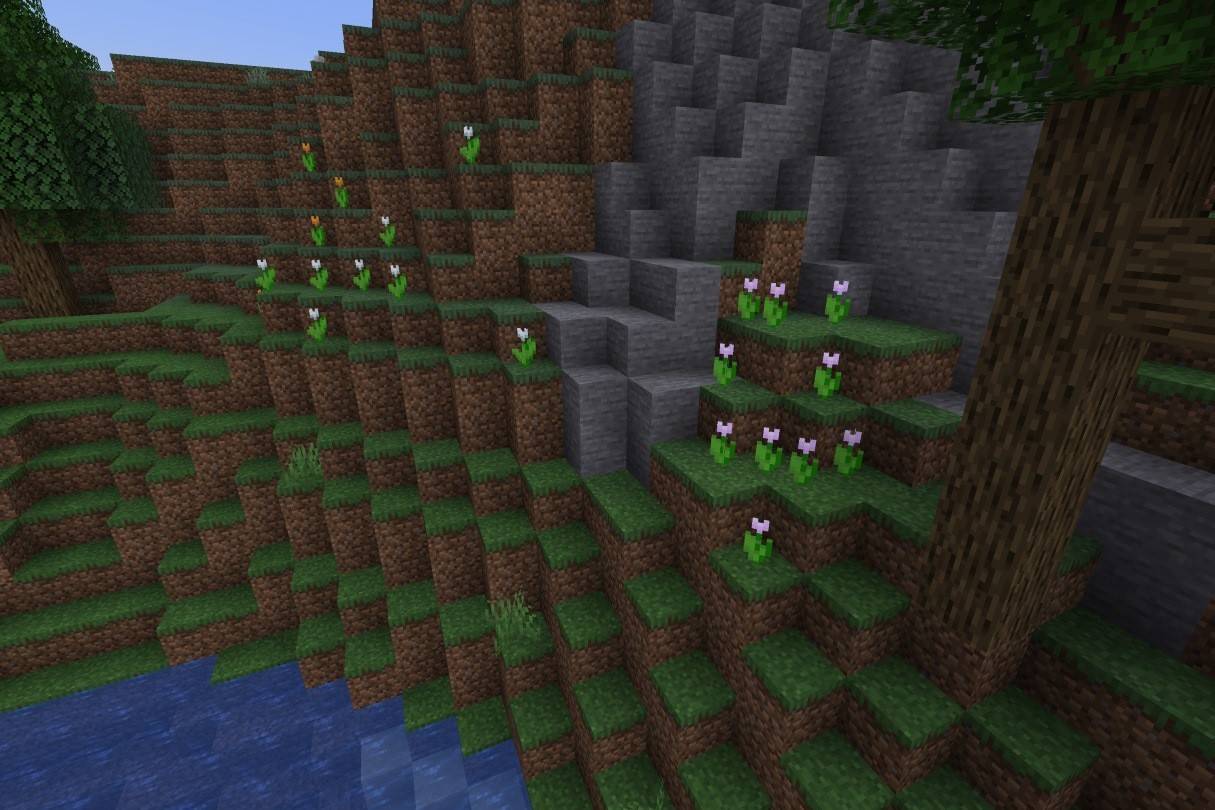
Tulips come in red, orange, white, and pink varieties, found in plains and flower forests. Their color determines the dye they produce (red, pink, orange, or light gray), offering versatile options for customization.
Azure Bluet
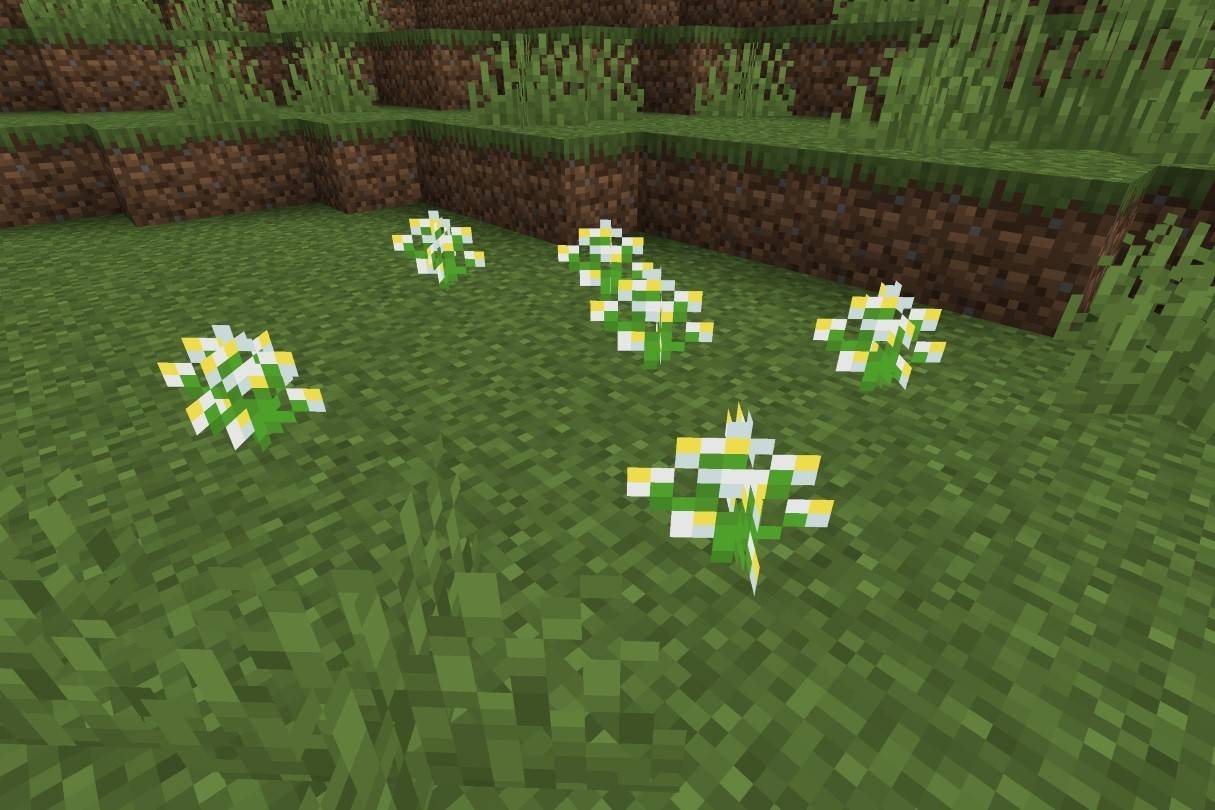
This small, white and yellow flower grows in grasslands, sunflower plains, and flower forests. It's used to create light gray dye.
Blue Orchid
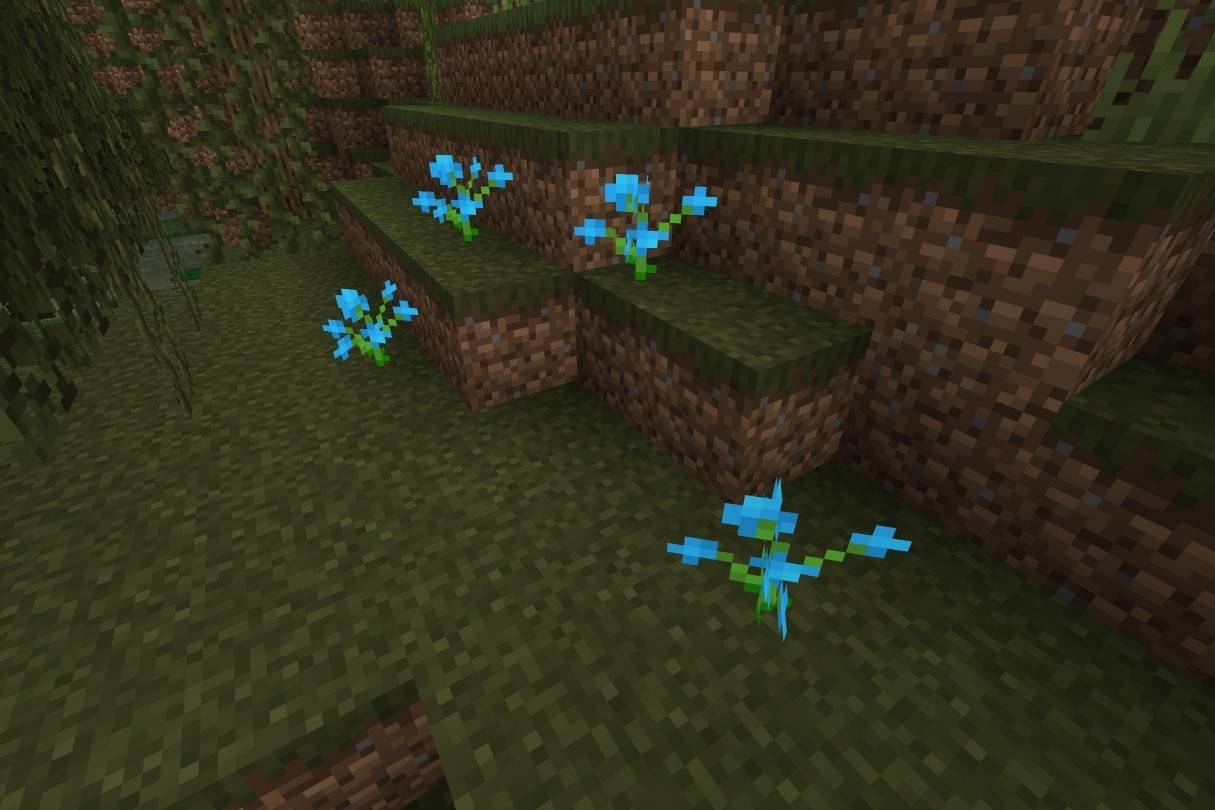
A rare and vibrant flower found only in swamps and taiga biomes, the blue orchid is used to make light blue dye.
Cornflower
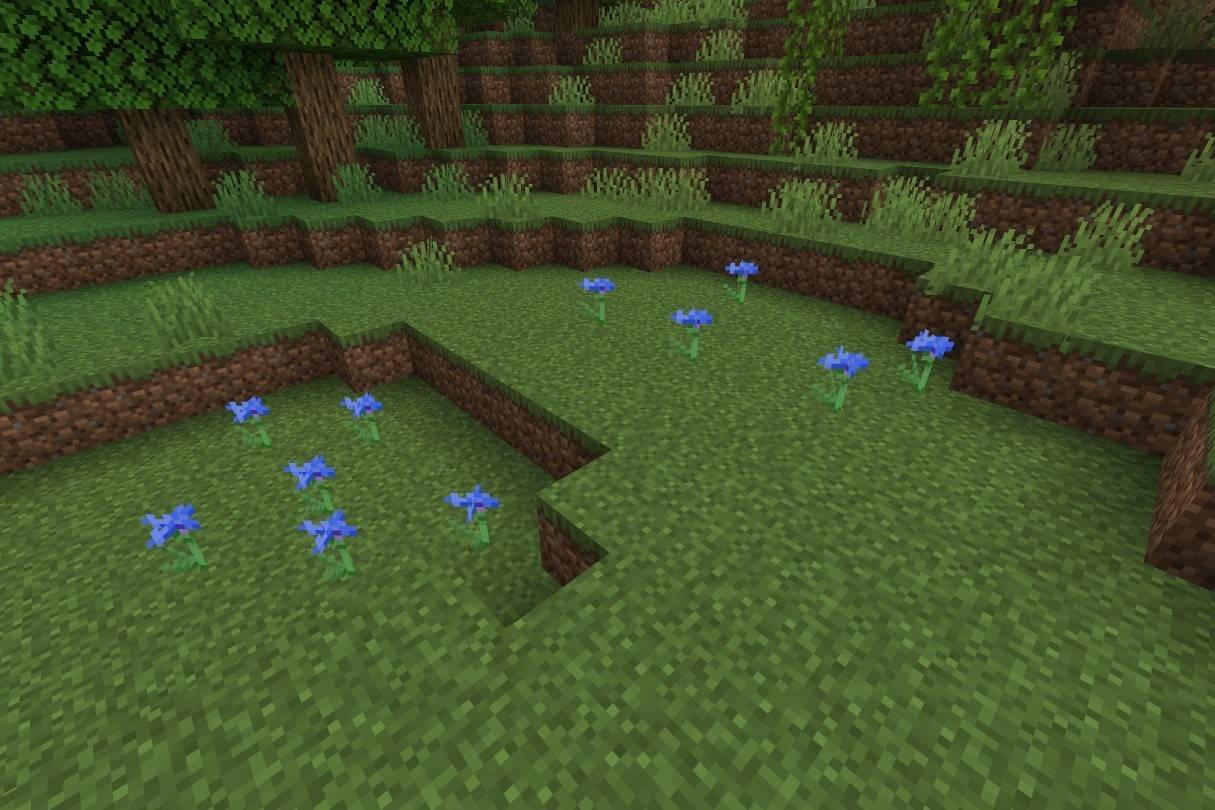
These blue flowers, found in plains and flower forests, are used to create blue dye for wool, glass, and terracotta.
Torchflower
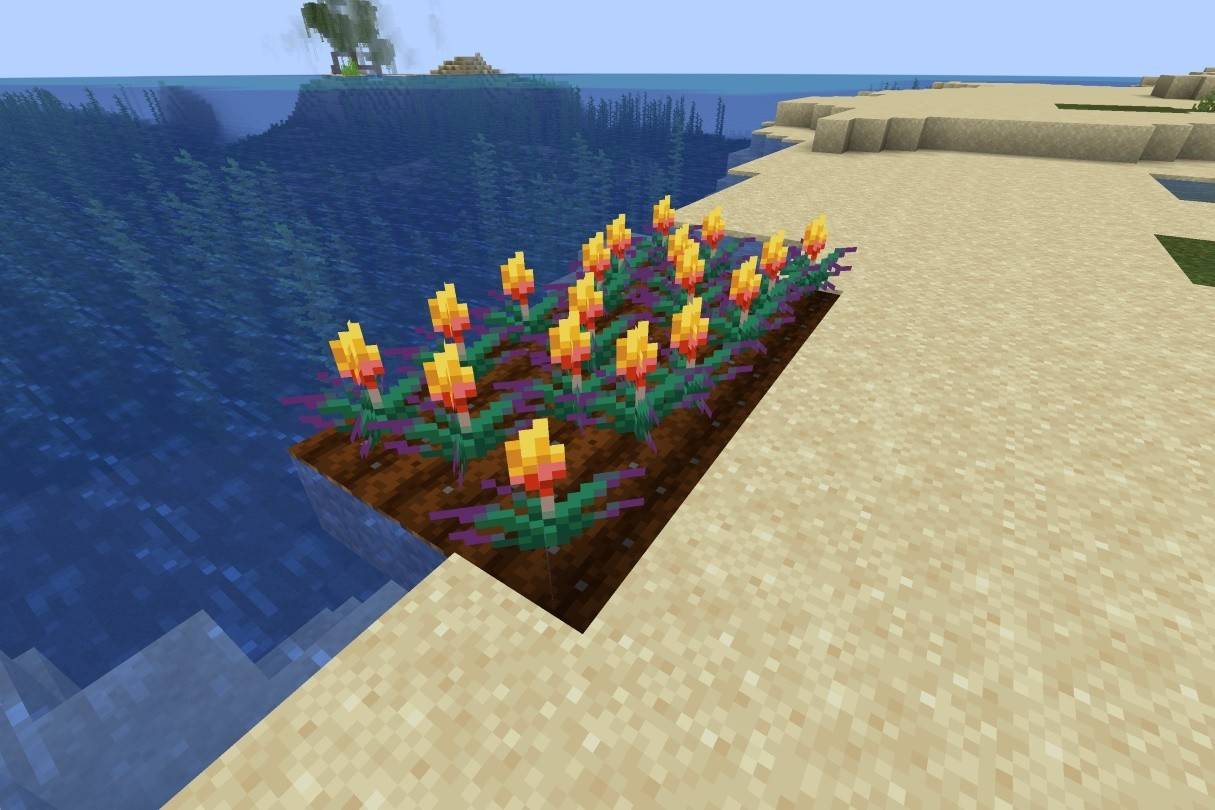
Grown from seeds, the torchflower yields orange dye. Its growth and spread vary between Java and Bedrock Editions.
Lilac
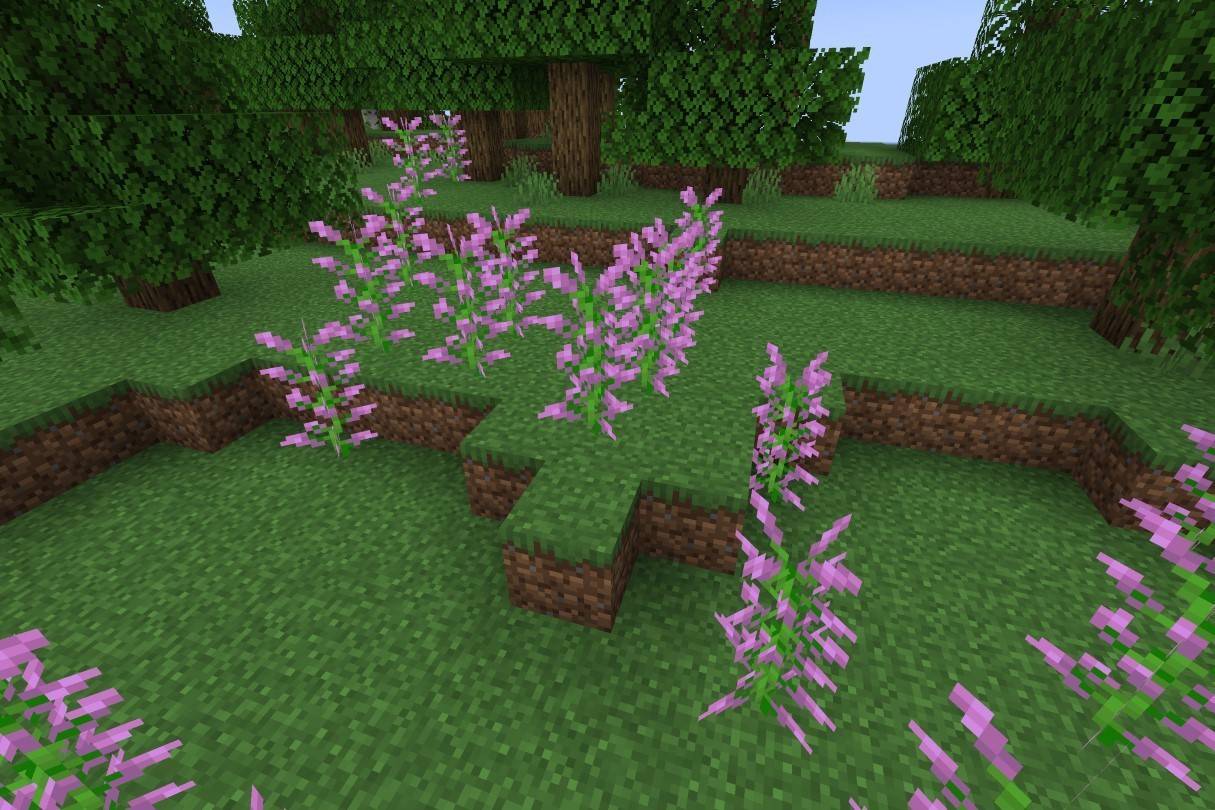
These tall, light-purple flowers are found in various forest biomes. They produce magenta dye.
Oxeye Daisy
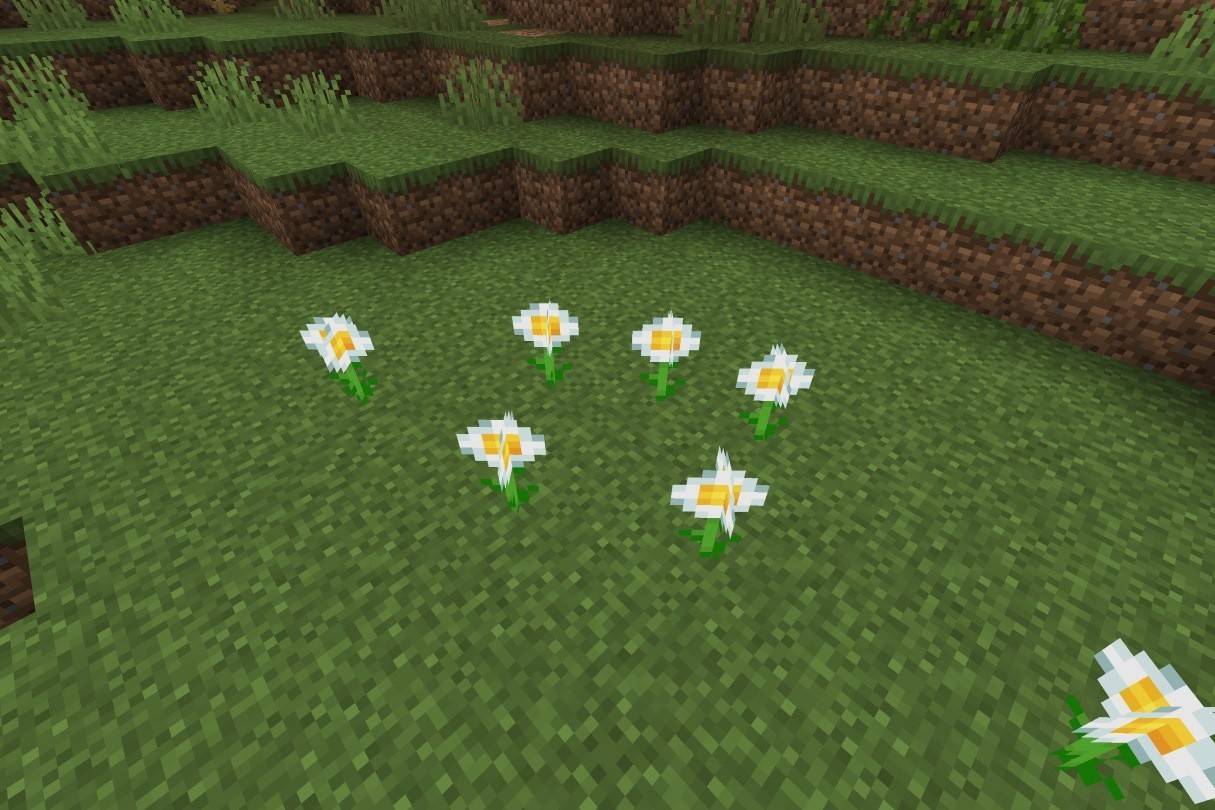
This simple white flower with a yellow center, found in plains biomes, is used to create light gray dye for wool, leather armor, and glass. It can also be used decoratively on banners.
Sunflower
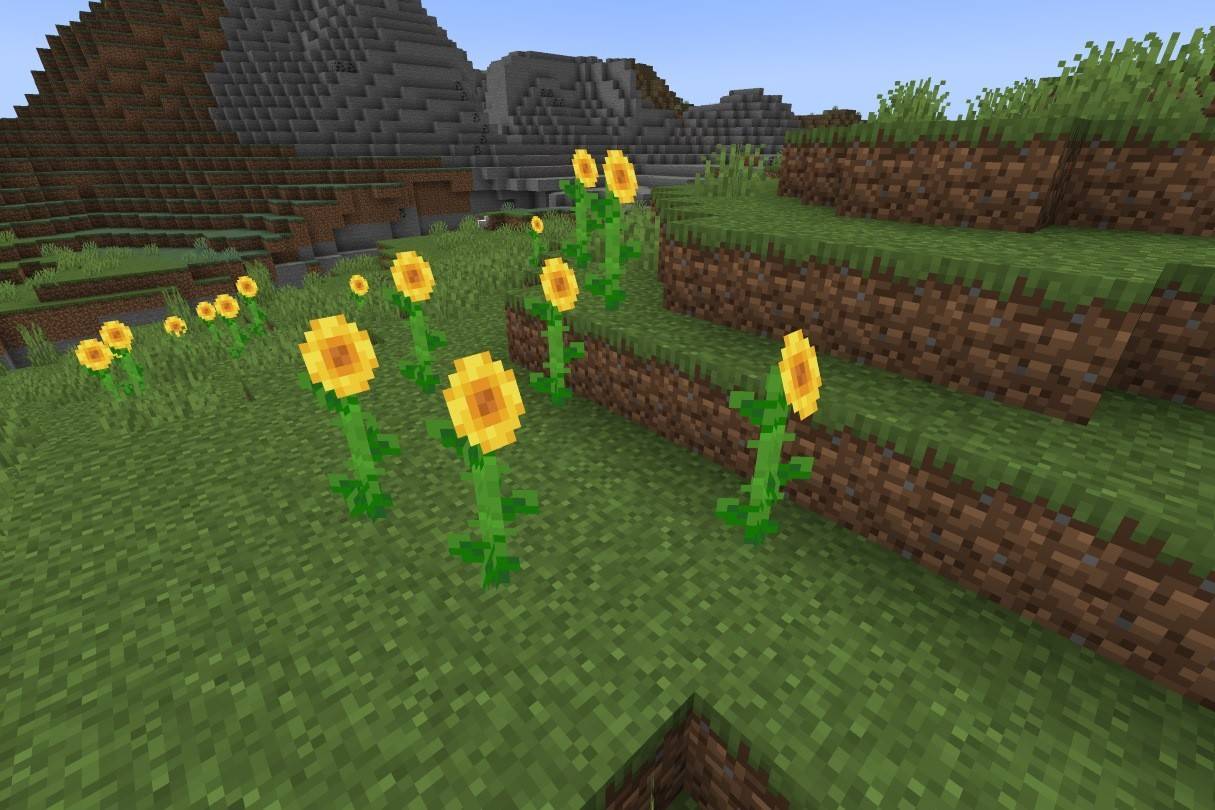
These tall flowers, found in sunflower plains, produce yellow dye and are also useful for navigation due to their eastward orientation.
Latest Articles


![1xBet [Updated]](https://imgs.yx260.com/uploads/76/1719623227667f5e3be7616.jpg)













